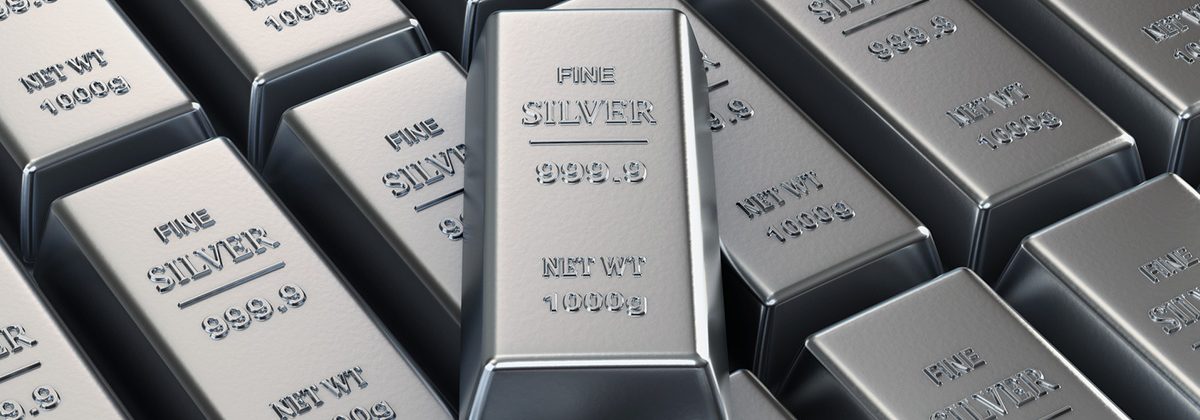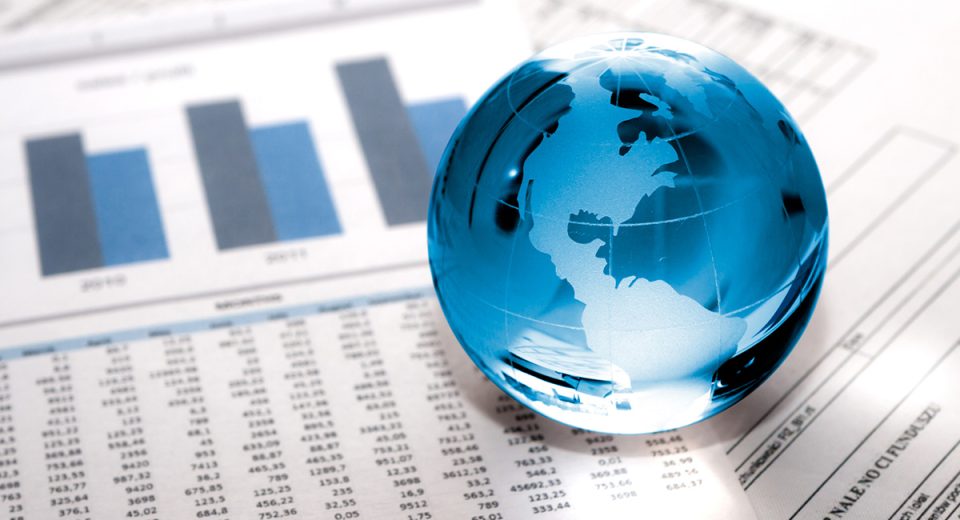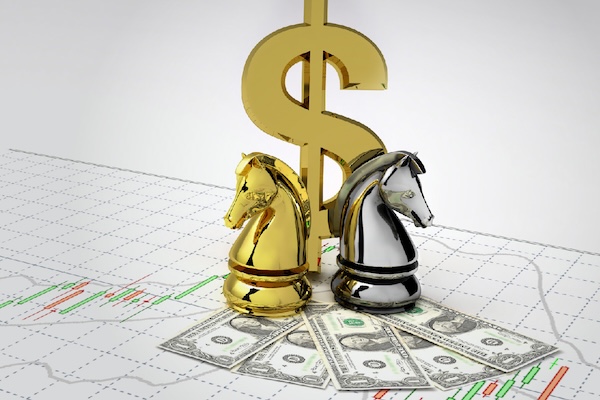Why Silver and Platinum Could Outperform Gold

Precious metals are often traded as hedges against economic uncertainties. Given the geopolitical environment since January 2025, it was natural that traders drifted towards these instruments. However, in H1 2025, the ultimate safe haven, gold, was not the only metal to shine. Prices of white precious metals, silver and platinum, also broke records. While the per-ounce price of platinum surged by 40% in the first half of the year, that of silver went up nearly 25%. Their scarcity and industrial applications position these metals in the “precious” category. Being significantly cheaper than gold makes them attractive, especially for traders with lower capital.
But trading decisions need to consider growth potential and not just the cost of exposure to a market. So, what could drive silver and platinum to potentially outperform the yellow metal?
Silver: Running on Industrial Demand
Silver’s appeal as a trading asset comes from its dual use. It is both a traditional store of value and a vital industrial commodity. This industrial use can create different price movements compared to gold.
According to the Silver Institute’s 2025 World Silver Survey, industrial demand for the white metal reached a new record of 680.5 million ounces (moz) in 2024. This uptrend was driven by the green energy transition and growing demand for electronics. Silver is a critical component in solar panels, electric vehicles (EVs) and 5G technology. The push for renewable energy and digital infrastructure keeps silver demand strong.
The silver market has also been in a structural deficit since 2021. The deficit reached 148.9 million moz in 2024. The market is projected to be in a deficit for a fifth consecutive year in 2025. Ongoing deficits put upward pressure on prices.
Silver’s smaller market size often leads to larger price swings. This means greater volatility and more opportunities for traders. The gold-to-silver ratio, which measures how many ounces of silver it takes to buy one ounce of gold, is also a useful metric for trading decisions. The ratio consistently remained above its historical average in early 2025, reaching a record high in May. This pattern historically signals potential outperformance for silver over gold.
Platinum: Rarity and Criticality Drives Demand
Platinum is rarer than gold. Plus, it has strong industrial uses. It is a key component in catalytic converters for gasoline and diesel vehicles. As emission standards become stricter around the world, the demand for platinum will continue to surge.
Just like silver, the platinum market has been facing a supply deficit. The World Platinum Investment Council (WPIC) noted 995,000 ounces of deficit in 2024. The organisation forecasts a third straight year of deficit in 2025 at 966,000 ounces. This is due to both consistent demand and issues with production. South Africa, which produces approximately 70-75% of the world’s platinum, faces power supply problems and other operational challenges.
The high price of gold has also led to a shift in demand. For instance, in China, the world’s largest gold jewellery consumer, buyers are switching from the yellow metal to platinum. Platinum is seen as a more affordable and modern alternative. This shift in consumer preference adds another layer of demand.
For traders, platinum’s strong industrial base and ongoing supply constraints are key factors to watch. The combination of sustained demand and a tight market can lead to significant price movements. However, the long-term rise of electric vehicles poses a potential risk to industrial demand, till the precious metal finds new applications.
Strategies for Trading Precious Metals
Several trading strategies suit precious metal trading. Here’s a look.
Trend Following
Precious metals often move in cycles. You can use technical analysis to identify trends. Look for moving averages or trend lines on price charts. When the price of silver or platinum is consistently moving up, a pullback may be a good time to enter a long (buy) position. When the price is moving down, it may be a good time to consider a short (sell) position. You can consider CFD trading to explore opportunities during both uptrends and downtrends.
Support and Resistance
Support and resistance levels help explore opportunities during a breakout from or reversal of a trend. Support and resistance are price levels where the market has previously stopped a trend. Traders can buy near support levels and sell near resistance levels. A breakout occurs when the price moves strongly through one of these levels. Breakouts can signal a new trend. Indicators, such as RSI and Bollinger Bands, are useful for trading support and resistance.
Fundamental Analysis
News and economic data offer insights into potential market movements. Major economic events, such as inflation reports, changes in interest rates and mining industry updates, can impact precious metal prices. Industrial demand data, such as reports on solar panel manufacturing or automotive production, can be especially important for silver and platinum.
While you can choose any strategy, risk management remains the most important part of any trading plan. Using stop-loss orders to limit potential losses and keeping your risk exposure within your risk tolerance level are key to maintaining a healthy trading psyche.
To Sum Up
- Both platinum and silver have the potential to outperform gold in 2025.
- The two white metals have been in short supply, while their demand remains robust.
- Their attractiveness for traders is also due to their significantly lower entry barrier.
- Traders can use several strategies to explore opportunities in the silver and platinum markets.
- Risk management is paramount while trading potentially wide-swing assets.
Disclaimer:
All data, information and materials are published and provided “as is” solely for informational purposes only, and is not intended nor should be considered, in any way, as investment advice, recommendations, and/or suggestions for performing any actions with financial instruments. The information and opinions presented do not take into account any particular individual’s investment objectives, financial situation or needs, and hence does not constitute as an advice or a recommendation with respect to any investment product. All investors should seek advice from certified financial advisors based on their unique situation before making any investment decisions in accordance to their personal risk appetite. Blackwell Global endeavours to ensure that the information provided is complete and correct, but make no representation as to the actuality, accuracy or completeness of the information. Information, data and opinions may change without notice and Blackwell Global is not obliged to update on the changes. The opinions and views expressed are solely those of the authors and analysts and do not necessarily represent that of Blackwell Global or its management, shareholders, and affiliates. Any projections or views of the market provided may not prove to be accurate. Past performance is not necessarily an indicative of future performance. Blackwell Global assumes no liability for any loss arising directly or indirectly from use of or reliance on such information here in contained. Reproduction of this information, in whole or in part, is not permitted.




